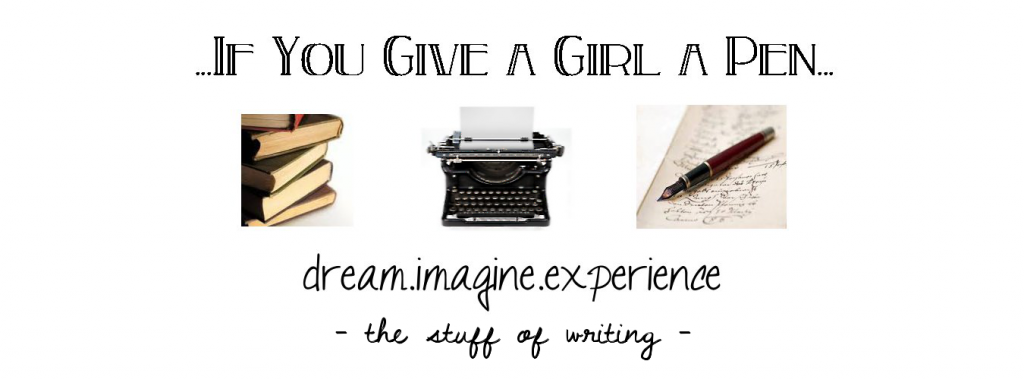This is going to just be a brief review because, let's face it, the book is 645 pages long and most of it can't be discussed for fear of letting the proverbial cat out of the bag.
Quickies
4 out of 5
Recommended for: anyone who's up for 600+ pages of any book, likes mysteries and either adores or can at least tolerate classics
Categories: classics, benchmark reads
Synopsis
Generally considered the first English sensation novel, The Woman in White features the remarkable heroine Marian Halcombe and her sleuthing partner, drawing master Walter Hartright, pitted against the diabolical team of Count Fosco and Sir Percival Glyde. A gripping tale of murder, intrigue, madness, and mistaken identity, Collins’s psychological thriller has never been out of print in the 140 years since its publication.
4 out of 5
Recommended for: anyone who's up for 600+ pages of any book, likes mysteries and either adores or can at least tolerate classics
Categories: classics, benchmark reads
Synopsis
Generally considered the first English sensation novel, The Woman in White features the remarkable heroine Marian Halcombe and her sleuthing partner, drawing master Walter Hartright, pitted against the diabolical team of Count Fosco and Sir Percival Glyde. A gripping tale of murder, intrigue, madness, and mistaken identity, Collins’s psychological thriller has never been out of print in the 140 years since its publication.
Review
The Woman in White is as remarkable as Marian Halcombe herself. It's written in Collins' signature "narrative of" form and this switching from viewpoint to viewpoint keeps the story from dragging due to the variety of writing styles.
Most particularly I enjoyed the narratives of Marian, Count Fosco and Edward Fairlie (who are, incidentally, also my favorite characters).
The plot is fascinating - Collins is a master of suspense and withheld information - but I would argue that it doesn't move quickly at all and is slightly bogged down by over-detailing.
Marian and the Count overshadow every other character (I don't know if that was intentional or not, but I am (alas!) unable to apply to the author for particulars) which is slightly unfortunate for those who are more attached to the other populace of this novel. Laura and Walter especially are rather weak.
Additionally, as in The Moonstone, the writing here is not your typical "classic" language. It flows more easily than a (for example) Dickens novel. He doesn't run his sentences on interminably and he uses words and descriptions that are more modern in style. It's easier to read than a typical old-fashioned classic.
Would I urge any stranger on the street to read this book? Most likely not. But I definitely feel the better for having slapped it on the "read" shelf.
Till next time,





No comments:
Post a Comment